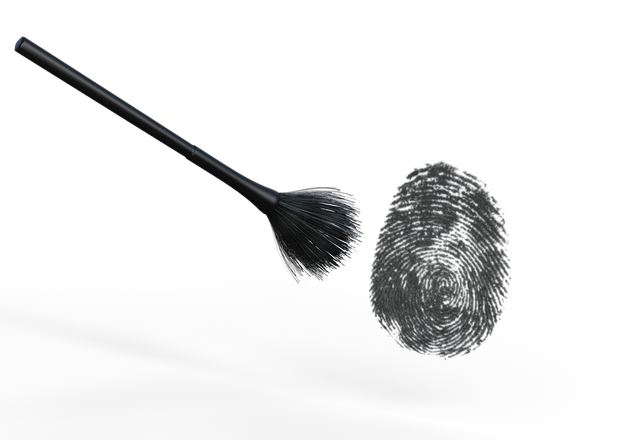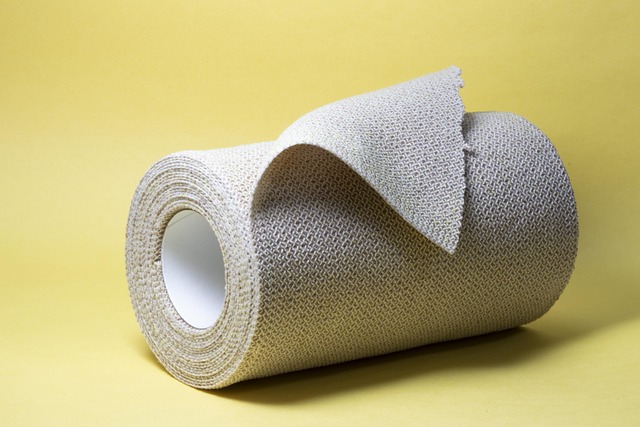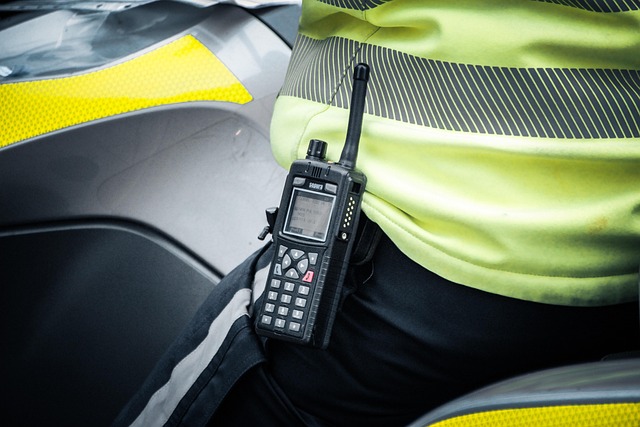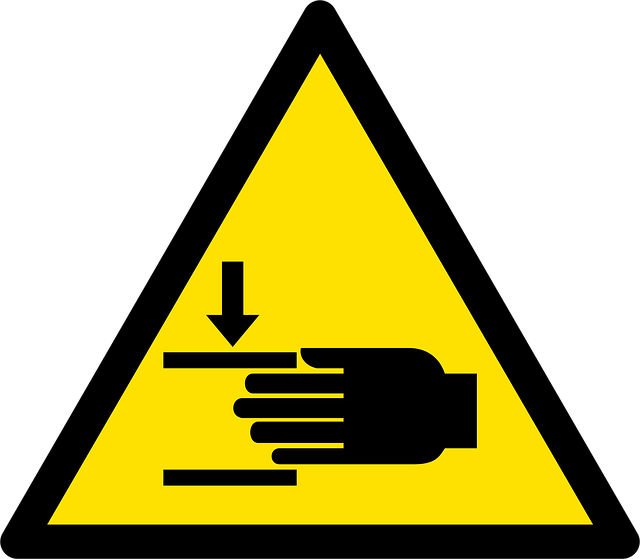Medical records are crucial evidence in product defect injury cases, detailing harm, treatment, and timelines, establishing causation between defects and injuries, and aiding in successful compensation claims for individuals suffering from defective products like faulty brake systems or malfunctioning devices, as evidenced in Boca Raton truck accidents. Jurisdictions vary in admissibility, but many rely on exceptions to the hearsay rule, with documents including diagnosis reports, treatment plans, prescriptions, scans, and physical therapy notes supporting settlements.
In the complex landscape of product liability claims, medical records stand as vital evidence supporting arguments for a successful product defect injury case. This article navigates the crucial role these records play in proving both product defects and resultant harm. We explore how medical documentation can serve as irrefutable proof, delving into key aspects from understanding evidentiary standards to meeting legal requirements for admission. By arming individuals with knowledge, we aim to enhance their chances of securing justice.
- Understanding Medical Evidence in Product Liability Cases
- Key Role of Records in Proving Defect and Harm
- Legal Requirements for Admitting Medical Records as Evidence
Understanding Medical Evidence in Product Liability Cases

In product liability cases where a product defect causes an injury, medical records play a pivotal role in supporting claims for compensation. These records serve as tangible evidence of the harm inflicted upon the claimant and are essential tools for building a strong case. When a person sustains an injury due to a defective product, such as a car crash involving a faulty brake system or a medical device malfunction, medical documentation becomes crucial. It provides detailed insights into the nature of the injury, its severity, and the treatment required, all of which can significantly impact the outcome of a legal claim.
Understanding the narrative woven within these records is key for both claimants and their injury lawyers near me. Medical evidence can include diagnosis reports, treatment plans, imaging scans, surgical notes, and even prescription details. A comprehensive review of these documents by a qualified professional, often an experienced car crash lawyer, helps in reconstructing the sequence of events leading to the injury. By analyzing this evidence, legal professionals can demonstrate a direct causal link between the product defect and the resulting harm, thereby strengthening the case for injury compensation.
Key Role of Records in Proving Defect and Harm

Medical records play a pivotal role in strengthening the case for a successful product defect injury claim. These detailed documents provide irrefutable evidence of the harm caused by a defective product, serving as a critical tool for individuals seeking justice and appropriate injury compensation. When an accident occurs due to a flawed item, medical records become the linchpin in proving the direct correlation between the defect and the subsequent injuries sustained.
For instance, in a Boca Raton truck accident involving a faulty vehicle part, comprehensive medical records can document the extent of the driver’s or passengers’ injuries, including physical examinations, diagnostic tests, and treatment plans. These records not only establish the immediate impact of the accident but also follow the patient’s recovery journey, providing a clear timeline of events. Such documentation is invaluable in commercial disputes where product liability is at question, ensuring that individuals receive fair injury compensation for their pain and suffering.
Legal Requirements for Admitting Medical Records as Evidence

In the context of a product defect injury claim, medical records play a pivotal role in establishing liability. Legal requirements for admitting medical records as evidence vary by jurisdiction but generally involve satisfying certain criteria to ensure their authenticity and reliability. In the United States, for instance, these records are typically admitted under the business records exception to the hearsay rule, which allows for the admission of statements made by someone else, provided they would have been offered against that person’s interest if available. This exception is based on the assumption that records kept in the regular course of business or professional practice are reliable due to the routine procedures used in their creation and maintenance.
For a product defect injury case, medical records must demonstrate the existence of an injury, its severity, and the causal link between the defectively designed product and the harm incurred. These documents can include diagnosis reports, treatment plans, prescription details, radiological scans, and physical therapy notes. An Orlando personal injury lawyer or a personal injury attorney in Boca Raton FL would rely on these records to build a strong case for slip and fall settlements or other forms of compensation, ensuring that the legal process accurately reflects the medical realities of the product defect injury.
Medical records are invaluable assets in supporting a product defect injury claim, serving as concrete evidence to prove the existence of a defective product and its direct harm to an individual. By thoroughly understanding how these records function within legal frameworks, victims can effectively navigate product liability cases, ensuring their rights are protected and just compensation is achieved.






